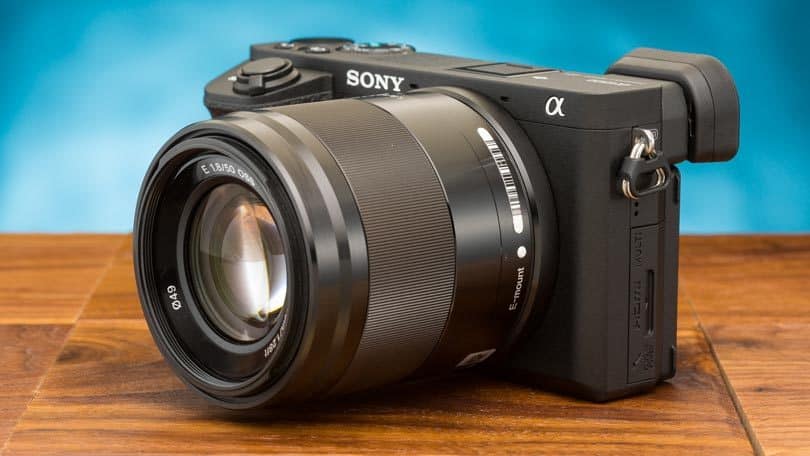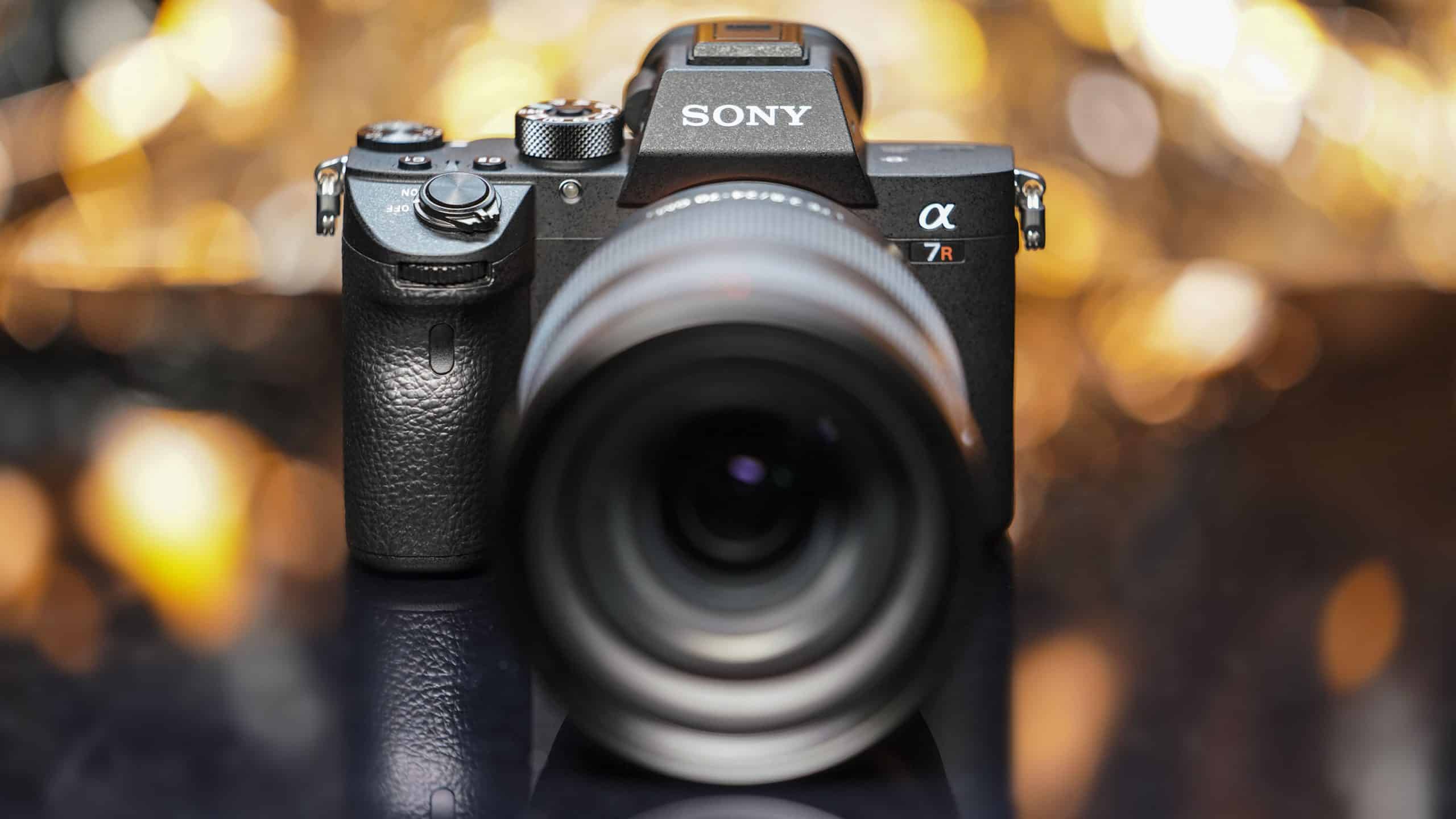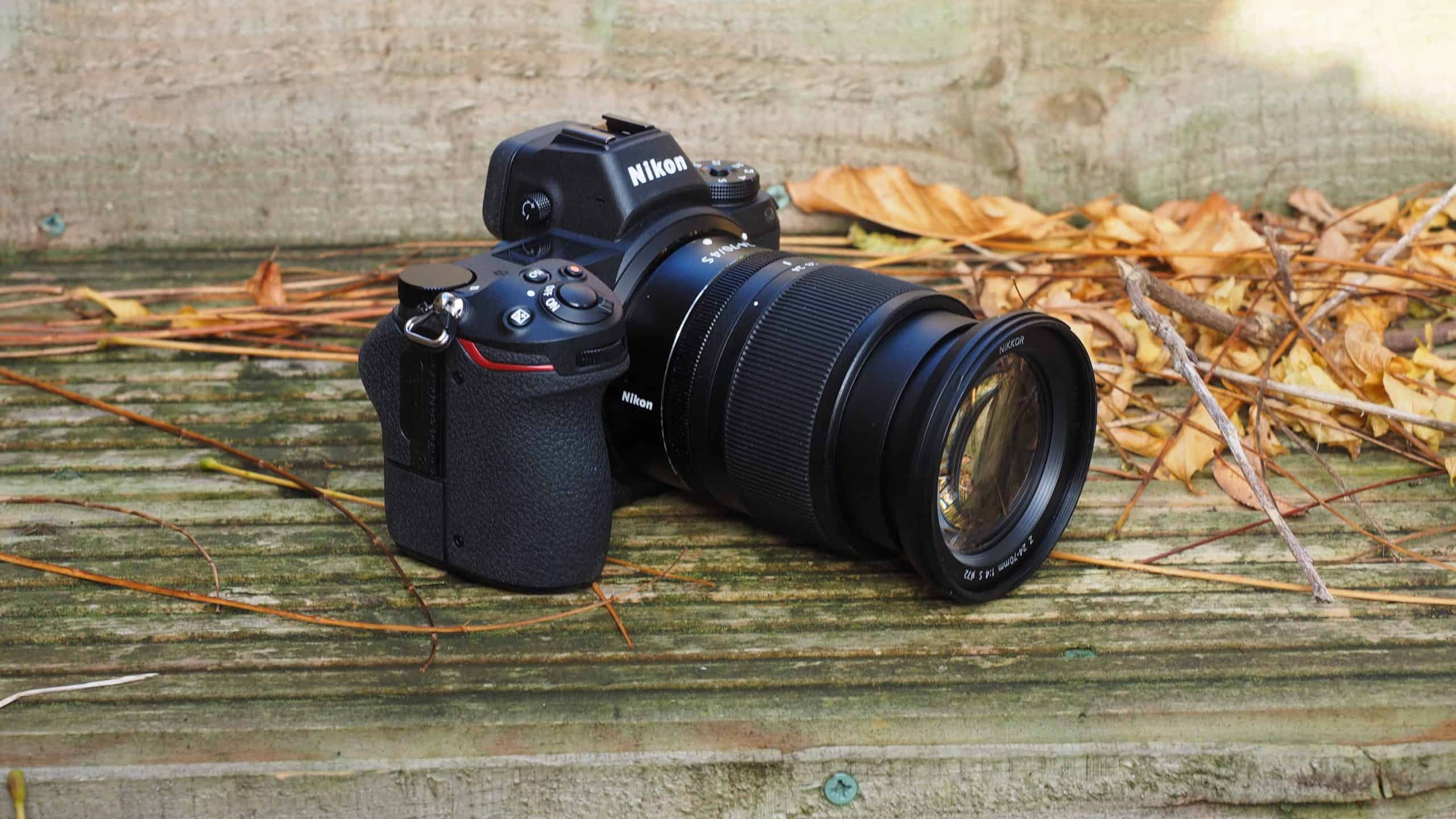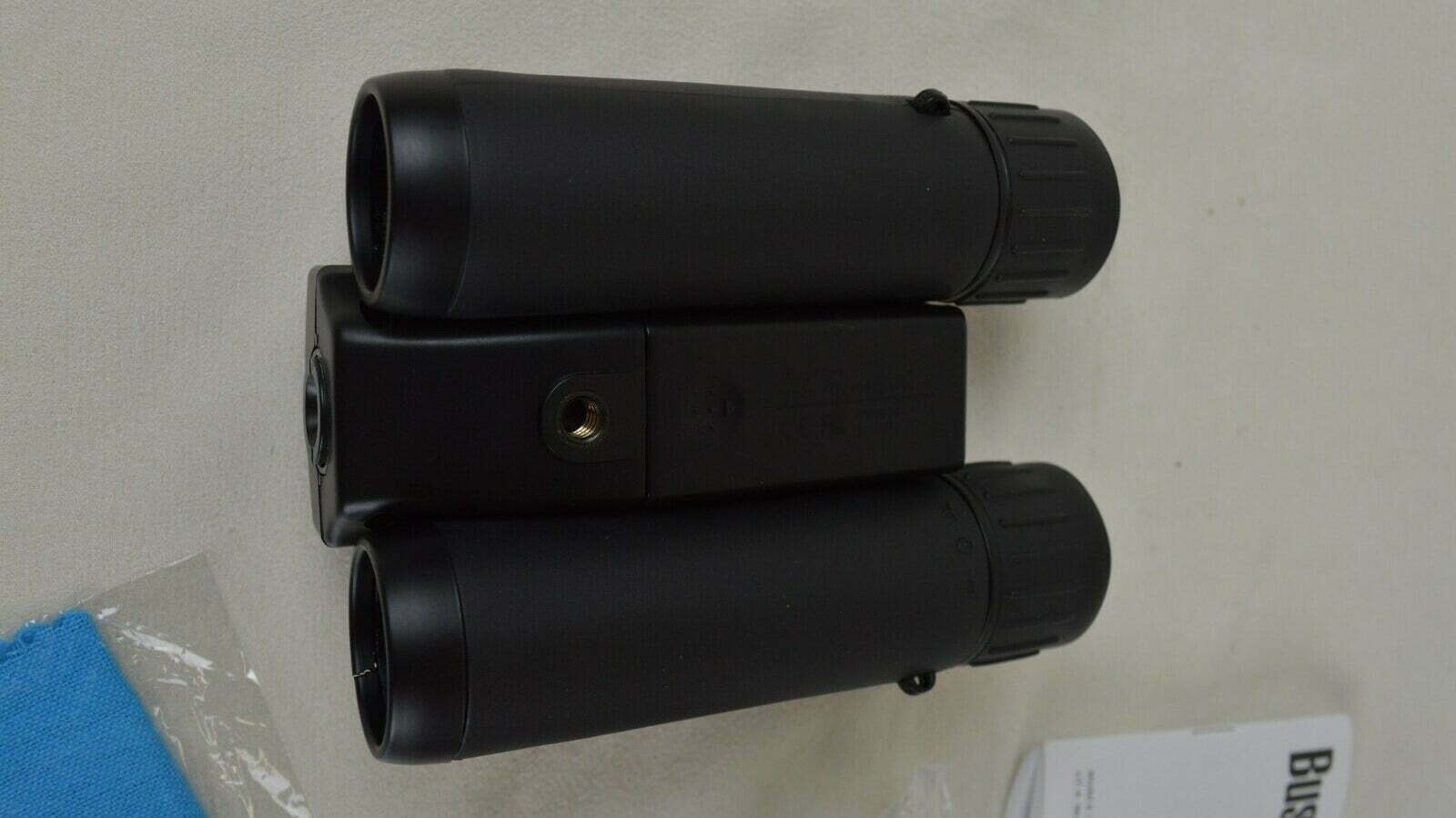If you have begun experimenting with the various features of your digicam, you may be wondering how to do depth of field on a digital camera. The best digital cameras allow for even the most minute depth of field adjustments, after all. Keep reading to learn when and how to make these adjustments.
KEY TAKEAWAYS:
- Depth of field refers to how much of the picture is in focus, as a camera lens can only focus on one plane at a time.
- To adjust the depth of field, start with the aperture settings and aperture priority mode, changing as necessary.
- Depth of field will also be impacted by focal length, ISO speed, and more.
What is Depth of Field?
You can’t successfully adjust something until you know what that something is. Depth of field, sometimes referred to as DoF, refers to how much of a picture is in focus. A camera lens can only precisely focus on one plane at a time, though a certain amount of focus and depth spreads out to planes behind and in front of the camera’s subject. This zone of acceptable sharpness is called the depth of field. Knowing how to successfully set a depth of field can be key when learning how to do moving photography on a digital camera and when performing other nifty tricks.
Insider Tip
You can purposefully adjust the depth of field to create blurred background for creative effect.
How to Alter Depth of Field
There are numerous techniques for altering the depth of field to your liking to achieve a deeper depth and a sharp focus. Mastering these techniques can come in handy when it’s time to learn how to do timelapse on a digital camera and other professional-level tricks.
Set the Aperture
Adjusting the aperture size can impact the overall depth of field effect. The smaller aperture you set, the deeper depth of field you will experience in your exposures. The aperture can be adjusted in various modes throughout the camera, including aperture priority mode and shutter priority mode. Some older camera lenses do not integrate with the camera itself, so you will have to manually adjust the aperture via the mode dial on the lens.
Change the Focal Length
Another way to experiment with depth of field is to adjust the focal length of your lens. The results will vary depending on what type of lens you are using, so feel free to experiment with different focal lengths to receive your desired effect.
Other Settings
Nearly any setting can be adjusted to impact depth of field. Try experimenting with the plane of focus, shutter speeds, subject distance, background blur, and more.
Warning
Your camera lens may only feature a limited range of apertures, which will impact your range of useable depth of fields.
F.A.Q.
How to shoot for deep depth of field when using a wide angle lens?
You should start with a wider aperture to match the wide-angle lens, though if you want a shallower depth, try a narrow aperture. Also, experiment with focus distance and exposure times to create some cool wide-angle shots. As a tip, larger sensors will be easier to navigate when it comes to depth of field.
How to get a shallow depth of field in your photos?
If you want a shallow depth of field, start by adjusting framing the subject correctly. You may want to start in portrait mode for this. Adjust the aperture to a medium setting that gives a sharp image, but a blurred background. If the shallow depth is to your liking, keep the photo.
When to use a deep depth of field?
There are many uses for a deep depth of field, including landscape photography, macro photography, and street photography.
STAT: Many lenses include scales that indicate the DOF for a given focus distance and f-number. (source)

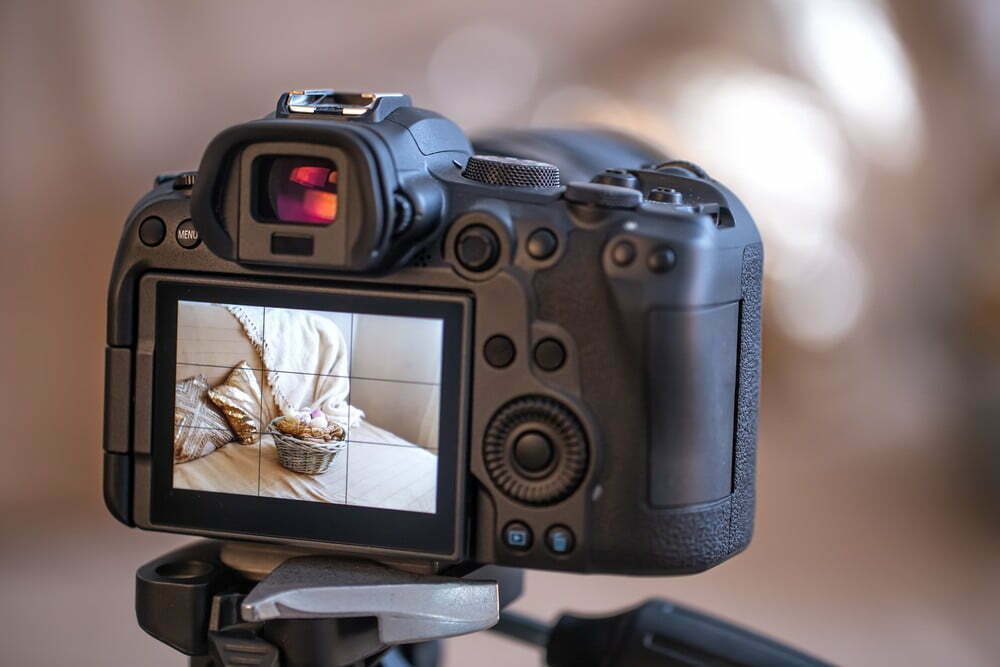



















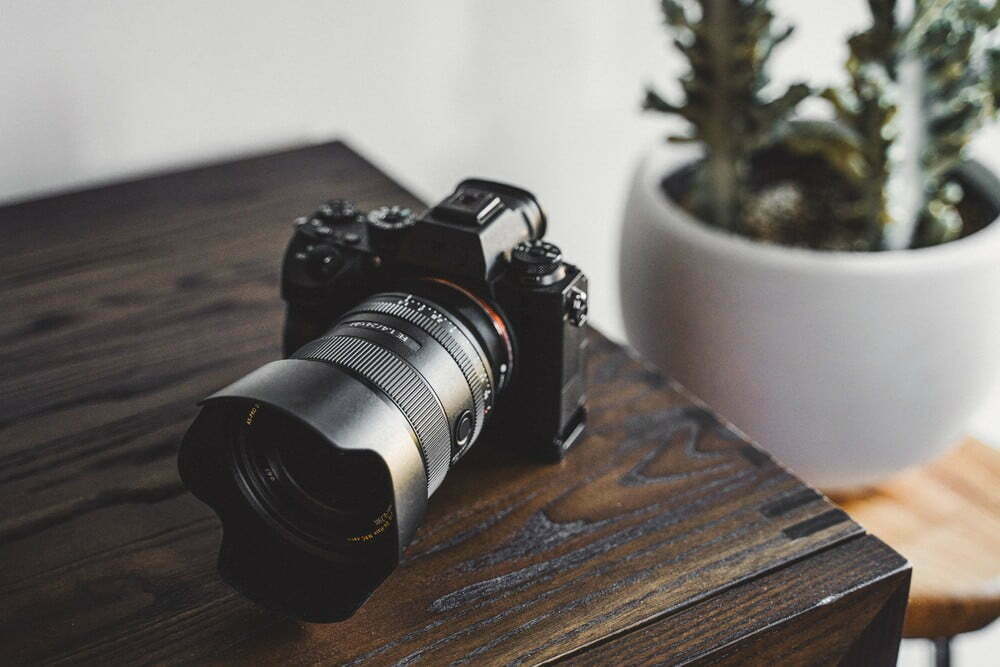
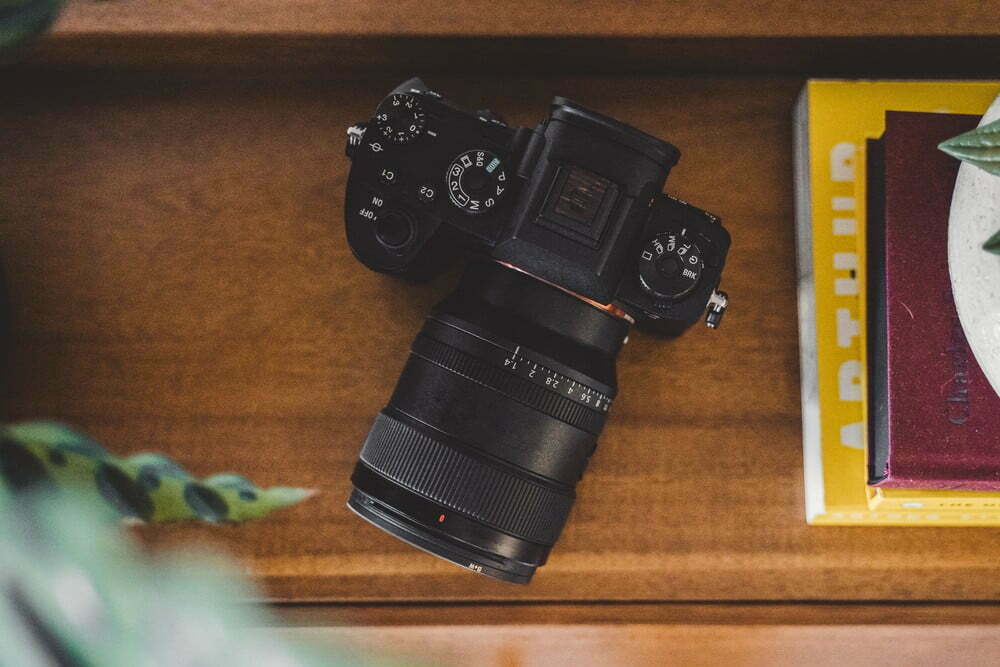
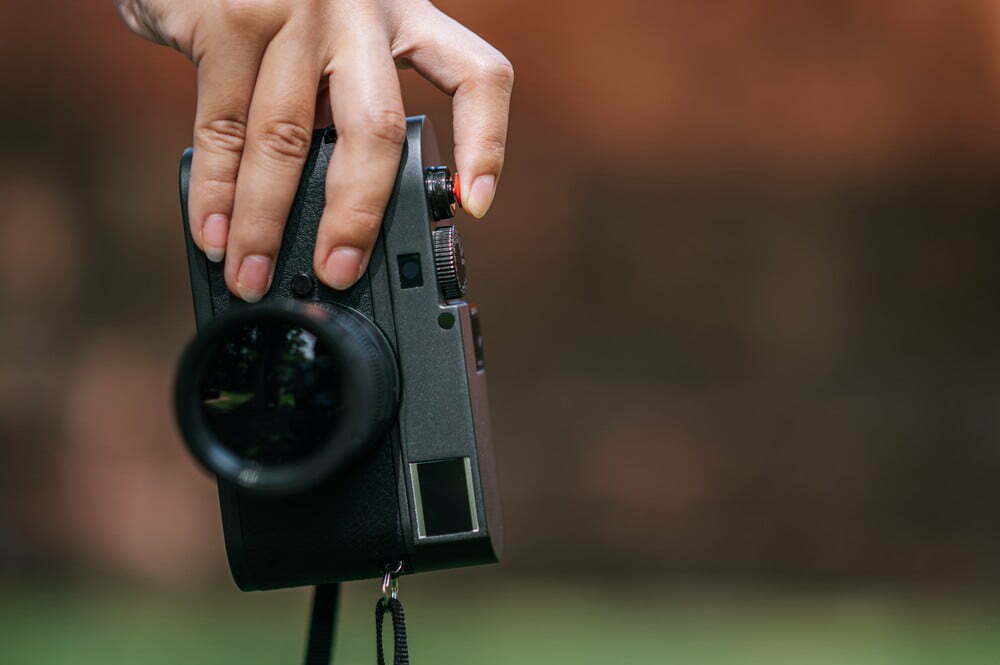
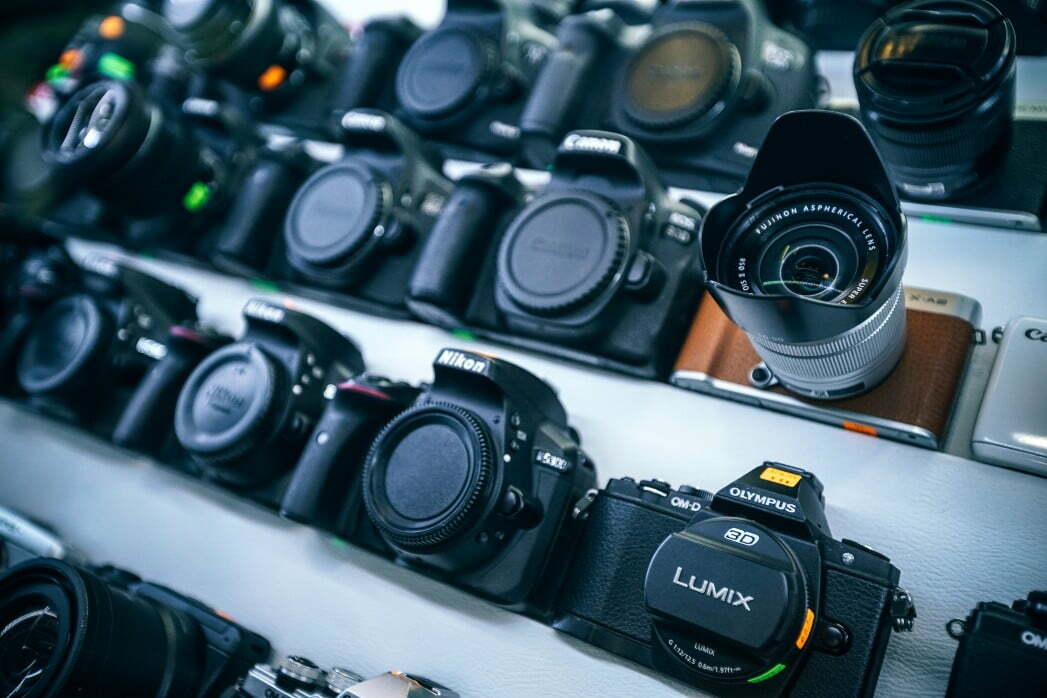
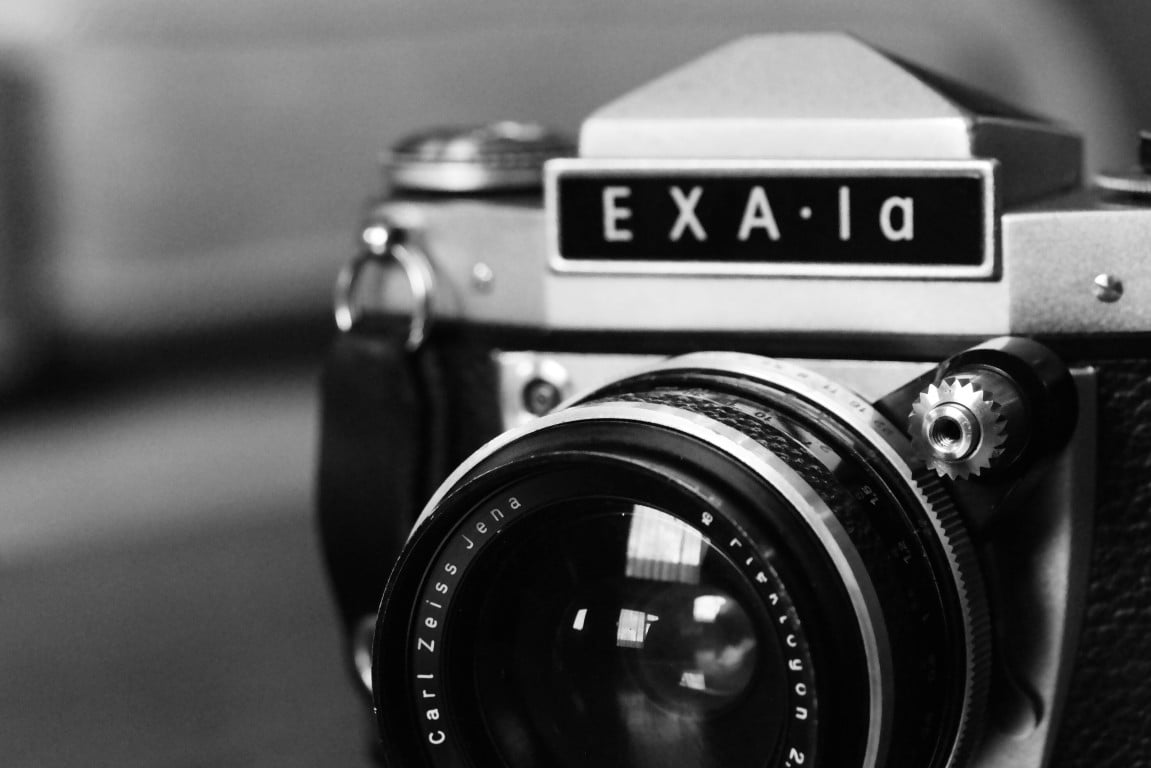
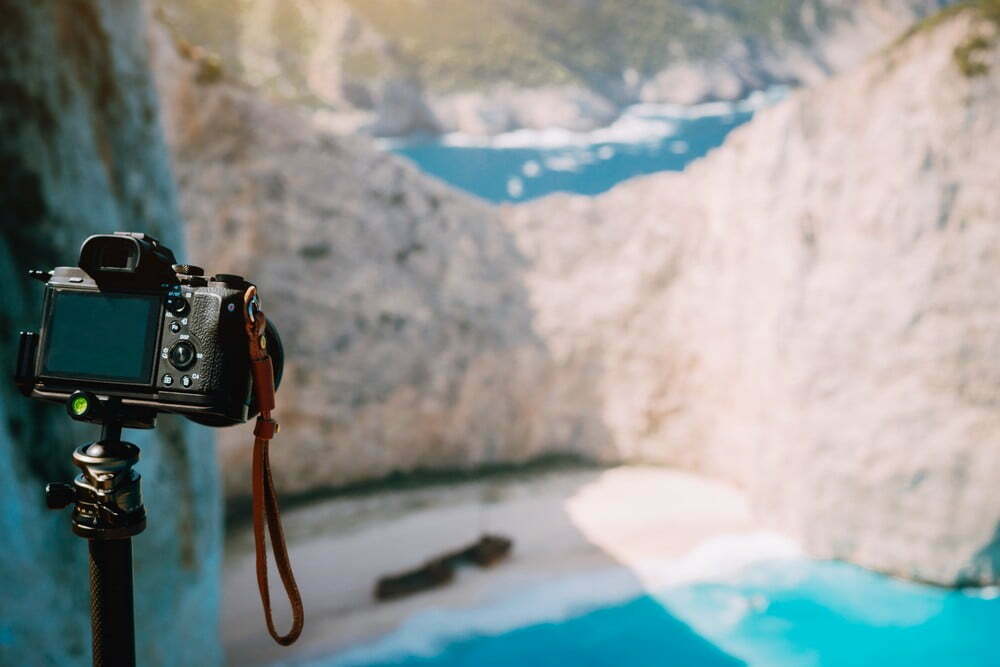
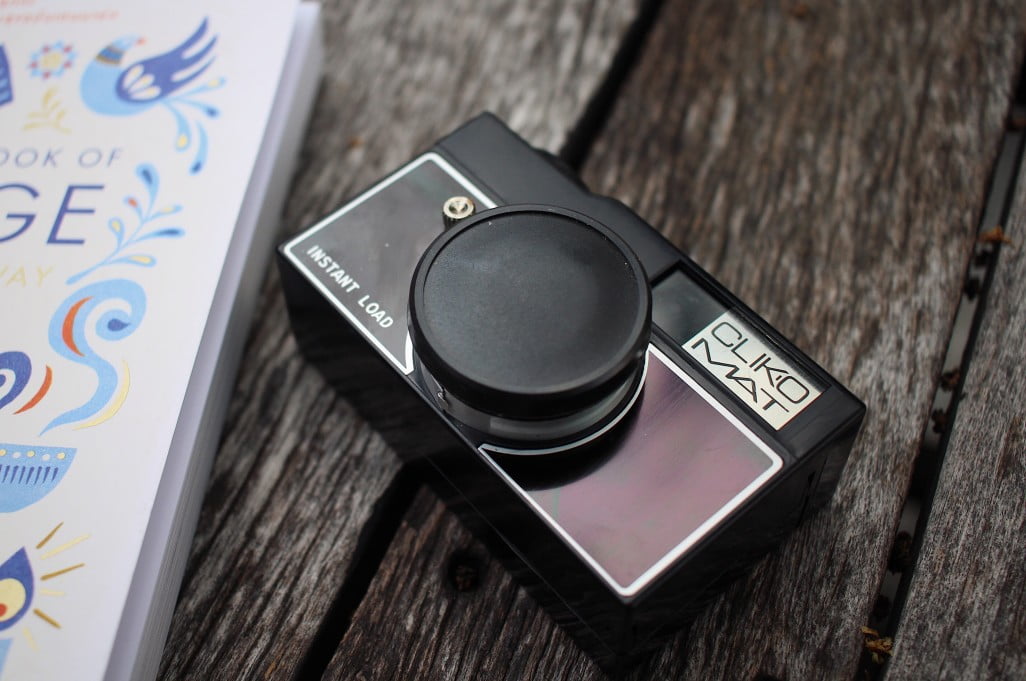
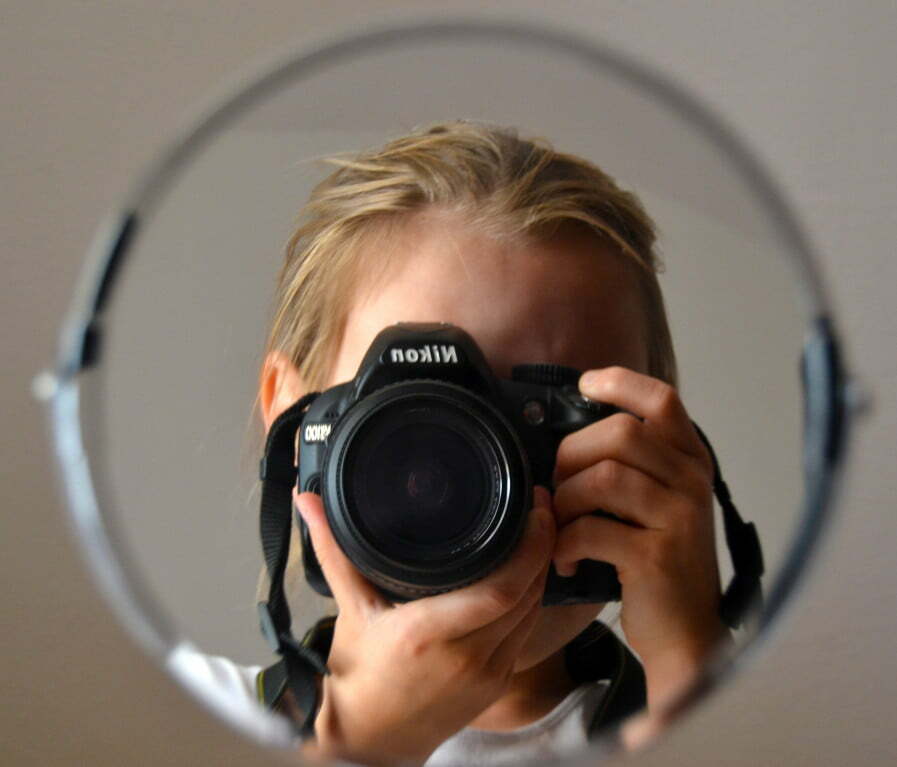
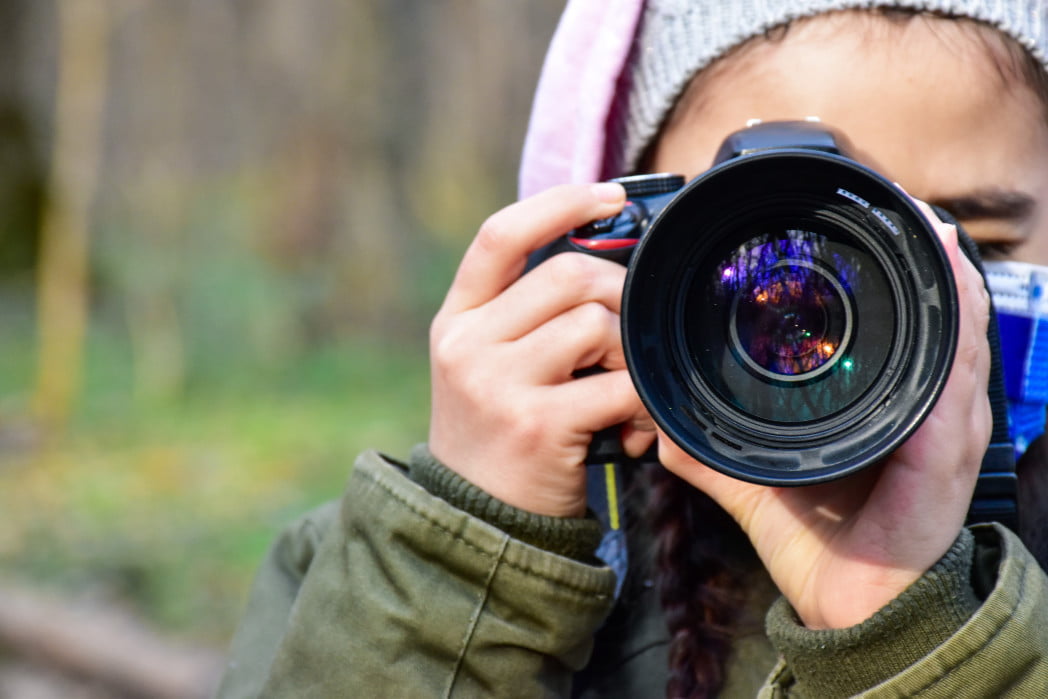
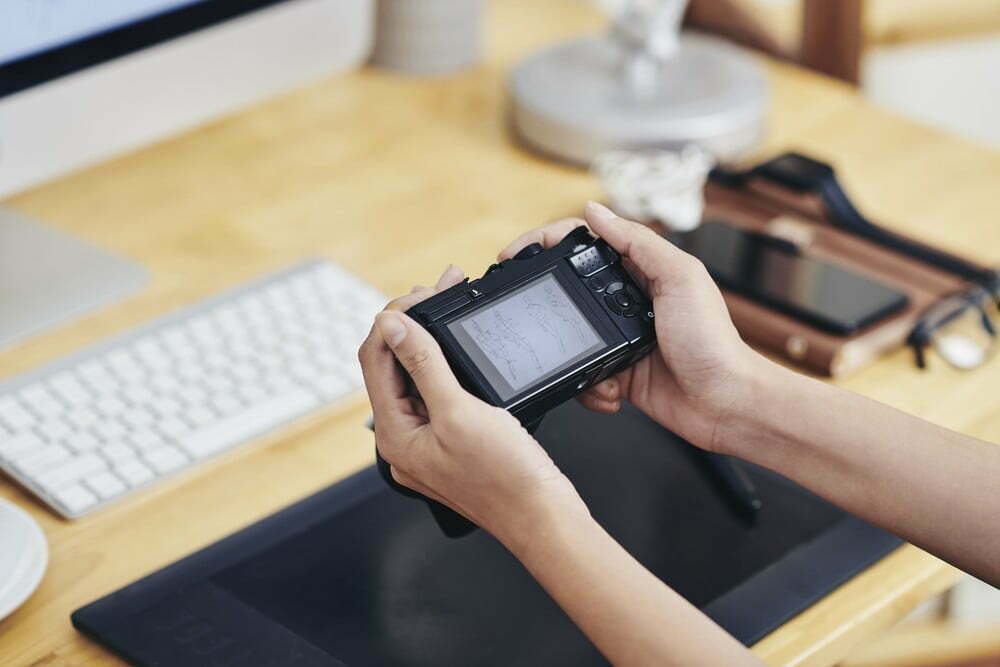
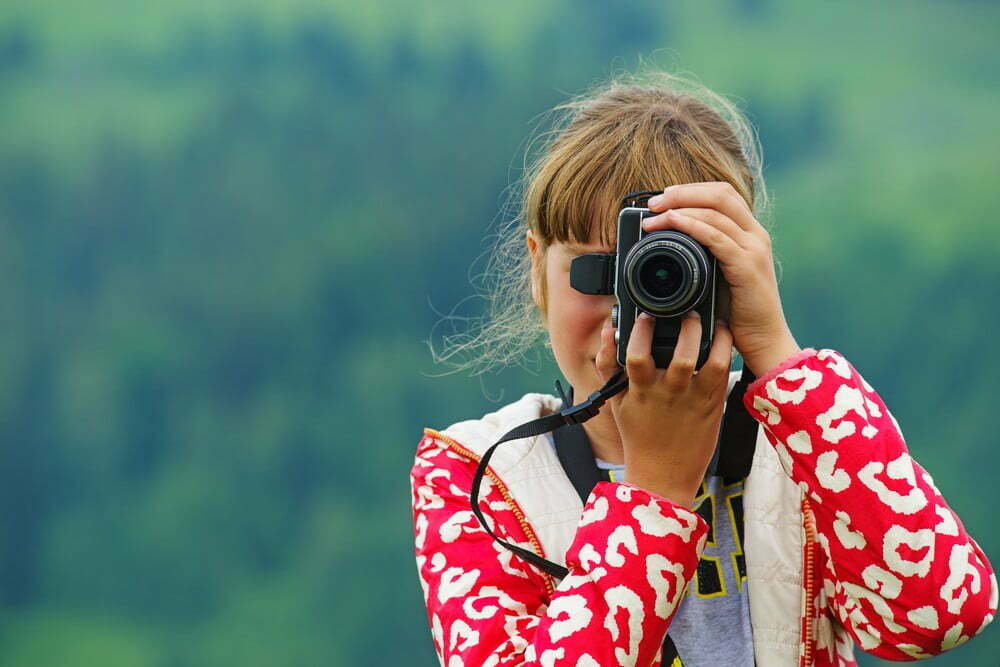
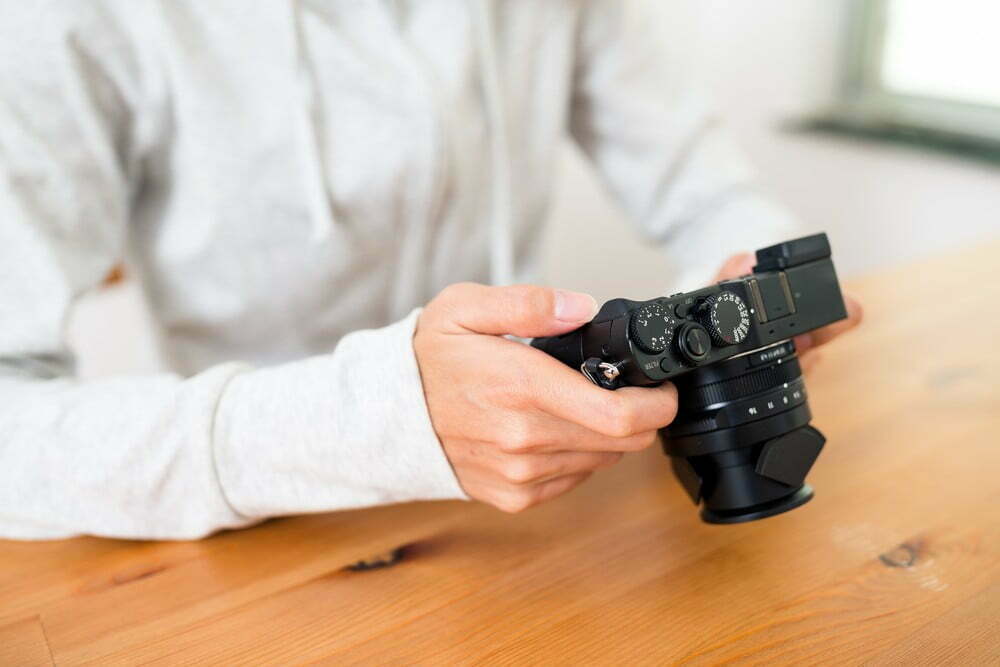
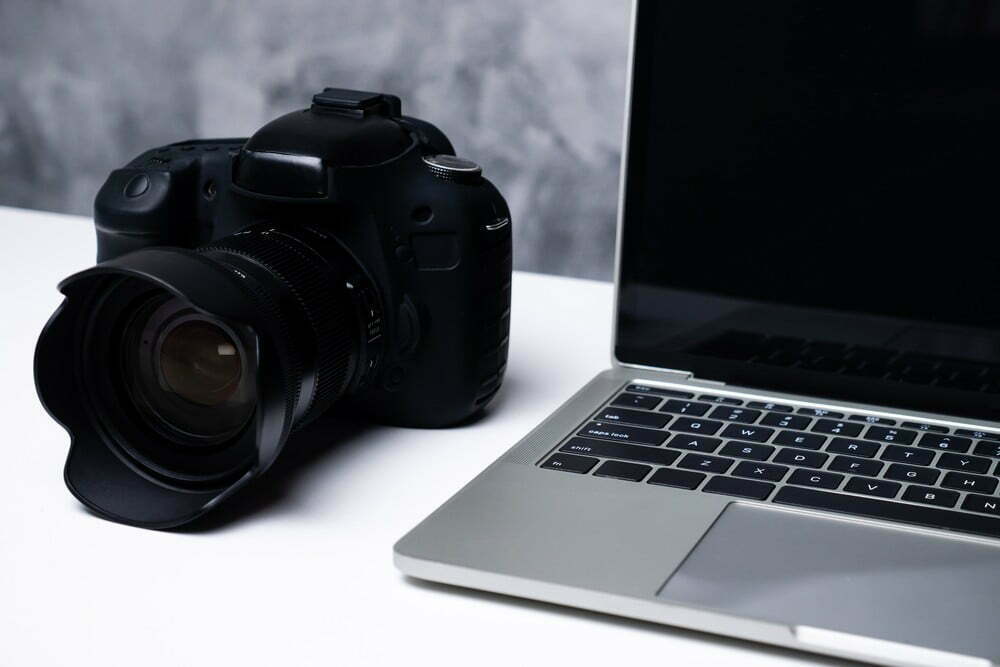
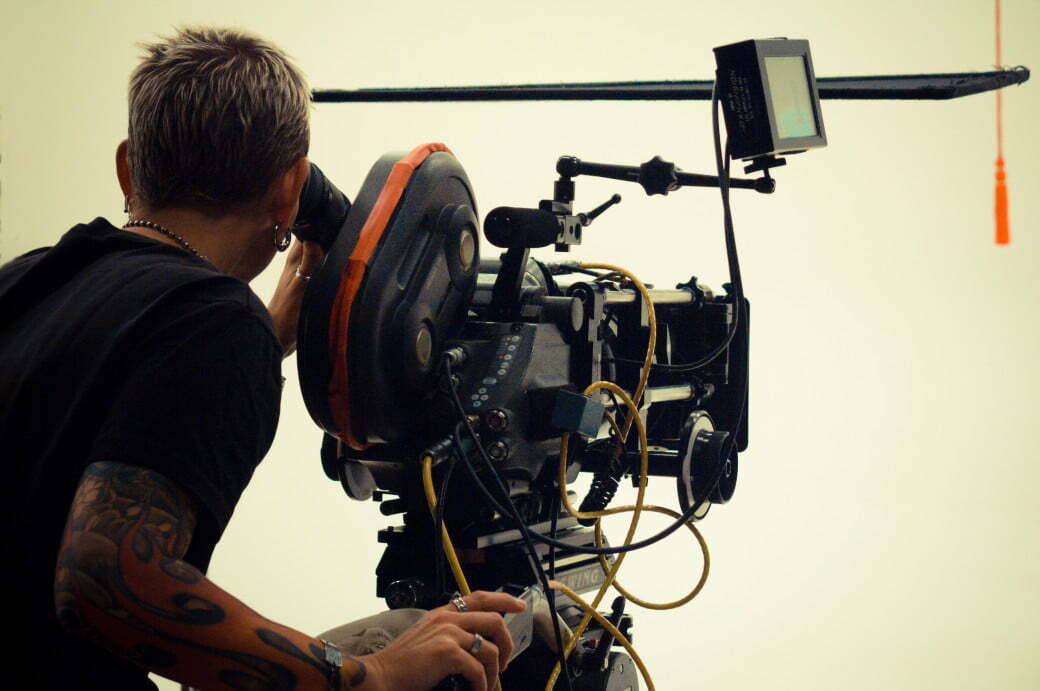
![Best Point and Shoot Camera in [year] ([month] Reviews) 27 Best Point and Shoot Camera in 2025 (October Reviews)](https://www.gadgetreview.dev/wp-content/uploads/Nikon-Coolpix-B500.jpg)
![Best Underwater Camera in [year] ([month] Reviews) 28 Best Underwater Camera in 2025 (October Reviews)](https://www.gadgetreview.dev/wp-content/uploads/best-underwater-camera-image.jpg)
![Best Digital Cameras in [year] ([month] Reviews) 29 Best Digital Cameras in 2025 (October Reviews)](https://www.gadgetreview.dev/wp-content/uploads/what-is-resolution-on-digital-camera-1.jpg)
![Best Digital Camera Docking Stations in [year] 30 Best Digital Camera Docking Stations in 2025](https://www.gadgetreview.dev/wp-content/uploads/best-digital-camera-docking-stations-image.jpg)
![Best Vlogging Camera in [year] ([month] Reviews) 31 Best Vlogging Camera in 2025 (October Reviews)](https://www.gadgetreview.dev/wp-content/uploads/best-vlogging-camera-image.jpg)
![Best Mirrorless Camera in [year] ([month] Reviews) 32 Best Mirrorless Camera in 2025 (October Reviews)](https://www.gadgetreview.dev/wp-content/uploads/best-mirrorless-camera-image.jpg)
![Best GoPro in [year] ([month] Reviews) 33 Best GoPro in 2025 (October Reviews)](https://www.gadgetreview.dev/wp-content/uploads/best-gopro-image.jpg)
![Best Digital Camera Tripods in [year] 34 Best Digital Camera Tripods in 2025](https://www.gadgetreview.dev/wp-content/uploads/best-digital-camera-tripods-image.jpg)
![Best Canon Digital Cameras in [year] 35 Best Canon Digital Cameras in 2025](https://www.gadgetreview.dev/wp-content/uploads/best-canon-digital-cameras-image.jpg)
![Best Polaroid Digital Cameras in [year] 36 Best Polaroid Digital Cameras in 2025](https://www.gadgetreview.dev/wp-content/uploads/best-polaroid-digital-cameras-image.jpg)
![Best Small Digital Camera Cases in [year] 37 Best Small Digital Camera Cases in 2025](https://www.gadgetreview.dev/wp-content/uploads/best-small-digital-camera-case-image.jpg)
![Best Digital Camera USB Cables in [year] 38 Best Digital Camera USB Cables in 2025](https://www.gadgetreview.dev/wp-content/uploads/best-digital-camera-usb-cable-image.jpg)
![Best Digital Camera Bags in [year] 39 Best Digital Camera Bags in 2025](https://www.gadgetreview.dev/wp-content/uploads/best-digital-camera-bag-image.jpg)
![Best Sony Digital Cameras in [year] 40 Best Sony Digital Cameras in 2025](https://www.gadgetreview.dev/wp-content/uploads/best-sony-digital-cameras-image.jpg)
![Best Digital Camera Accessories in [year] 41 Best Digital Camera Accessories in 2025](https://www.gadgetreview.dev/wp-content/uploads/best-digital-camera-accessories-image.jpg)
![Best Kodak Digital Cameras in [year] 42 Best Kodak Digital Cameras in 2025](https://www.gadgetreview.dev/wp-content/uploads/best-kodak-digital-cameras-images.jpg)
![Best Panasonic Digital Cameras in [year] 43 Best Panasonic Digital Cameras in 2025](https://www.gadgetreview.dev/wp-content/uploads/best-panasonic-digital-cameras-image.jpg)
![Best Video Cameras in [year] ([month] Reviews) 44 Best Video Cameras in 2025 (October Reviews)](https://www.gadgetreview.dev/wp-content/uploads/best-video-cameras-image.jpg)
![Best Compact Cameras in [year] 45 Best Compact Cameras in 2025](https://www.gadgetreview.dev/wp-content/uploads/best-compact-camera-image.jpg)
![Best Digital Cameras with Wifi in [year] 46 Best Digital Cameras with Wifi in 2025](https://www.gadgetreview.dev/wp-content/uploads/best-digital-camera-with-wifi-image.jpg)















